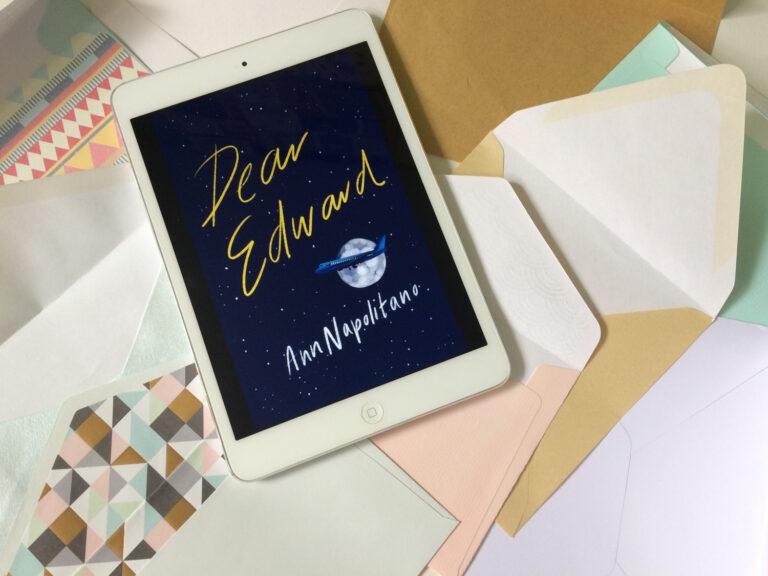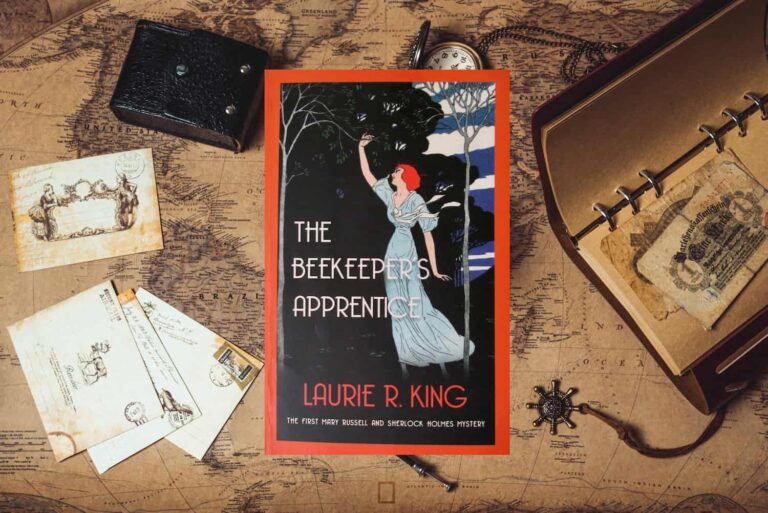A fantasy drama, The Ten Thousand Doors of January is a captivating and enchanting read full of wonderment as it follows a young girl as she discovers more about herself, her past and her inner strength. The pages filled with adventure, mystery, a dash of romance, and a bit of drama, whilst holding a reflection on society, its history and the chance of change.
“It is my hope that this story is your thread, and at the end of it you find a door”
The “Doors” of January’s world leading to many others, and with paths yet to be explored. But these “Doors” are dying, or more accurately; disappearing – the why, the who and the how yet to be discovered. But in the author’s writing she invites you to be a fellow traveller, and in doing so takes you on January’s journey to find out more about Doors, her life and how the two connect.
Poetically written, although this does on occasion skate close to distraction, the book looks at the power of words and those found within people. Its protagonist January Scaller is a heroine in the making – and whose childhood made me think of Mary Lennox (The Secret Garden) – her role clearly defined by her brilliant bravado, disobedience, and general sense of trouble, but the right kind of course. Under the guardianship of the eccentrically rich Mr Locke, January’s life is guarded, watched and controlled, while her actual father – who is under the employment of Mr Locke – is sent around the world in search of treasure. A collector of curiosities – both to be found and owned – Mr Locke provides a complicated “father-figure” to January. Initially waiting only for her father’s return as January starts to mature, she instead begins to question her surroundings. The first and most pressing being whether Mr Locke’s house is really a home? What is his relationship to her father? And why is she left under his guard?
Told in the first-person narrative the book divides its narrators in two, with January’s life filling the majority of the book, and with her chapters being referred to as “Doors”, while for the other narrator; a scholar, their chapters are written as just that – chapters. Their tale left in a book for January to discover; The Ten Thousand Doors, their pages revealing the story of another’s life. It is only as January reads the book, interspersed with her own tale, that we too discover its secrets.
In reading the scholar’s work, January’s sense of possibilities is reignited and her loneliness – to an extent – lessened. Finding within the work a kindred spirit; a young and wild girl who grows up with an instilled sense of adventure, but who as a woman achieves the freedom January lacks and desires.
Interestingly the scholar’s chapters are written as though they’re addressing a specific person, whether its academics, the reader or someone else, you have to wait and find out. Meanwhile the author, Alix E. Harrow, has painstakingly produced a realism to the scholar’s writing, and not just with the style of grammar but with footnotes of interest. Showing a level of detail and research with the inclusion of real people and often with a slight change to them, or an apt but fictional addition, such as Thomas Aikenhead. Harrow lists Aikenhead as the author of “A Tract on Magick and the Entrance to Heaven” when in reality he was executed for blasphemy in the late 1600s seeing the bible as a fictional account by philosophers and poets. Another example is Edith Bland and ‘The Door to Kyriel’, when the real live case is Edith Nesbitt, who wrote the book The Secret of Kyriels, and who’s most famous for Five Children and It, and The Railway Children.
Told across two-time frames, January’s life is told from the perspective of the present (early 20th century) creating the effect of you joining her on her journey, while for the scholar (late 19th century) it feels as though you’re reading a story, with the distance of years adding to this, as does the fact the scholar’s heroine is not present, but spoken about. This addition of different periods and settings pulls the reader into its history and the changing of times. Full of exploration, excitement and turbulence, it promises adventure and mystery as much as the ‘Doors’ in January’s life. The two tales destined to be intertwined.
This can cause small points of confusion as they talk in the present about that past, leaving you to patiently wait for the past and future to collide. But it’s worth the wait. Filled with many layers, the author merges genres along with a portrayal of inequality, prejudice, classism, racism, mental health and sexism. Its interweaving, honest and insightful.
A trail of breadcrumbs is left for the readers to follow, with connections to characters ranging from the subtle to the far more suspicious. Although there’s more than a smattering of a hint provided halfway through that offers a solution, if not an answer to a long-posed question. But it’s the genuinely surprising revelations that spur on the book’s intrigue.
The Ten Thousand Doors of January will leave you with a great love of the written word, its power to transform, and an overwhelming wanderlust to learn, and with it, to travel.
Other Notable Works by Alix E. Harrow:
- The Once and Future Witches 2020
- The Autobiography of a Traitor and a Half-Savage 2016
Book Edition Information
Publisher: Orbit
ISBN: 978-0-356-51246-4
Presented Edition: Paperback 2020
Cover Design: Lisa Marie Pompilio
Cover Illustrations: Shutterstock
Background image courtesy of Joshua Sortino on Unsplash











